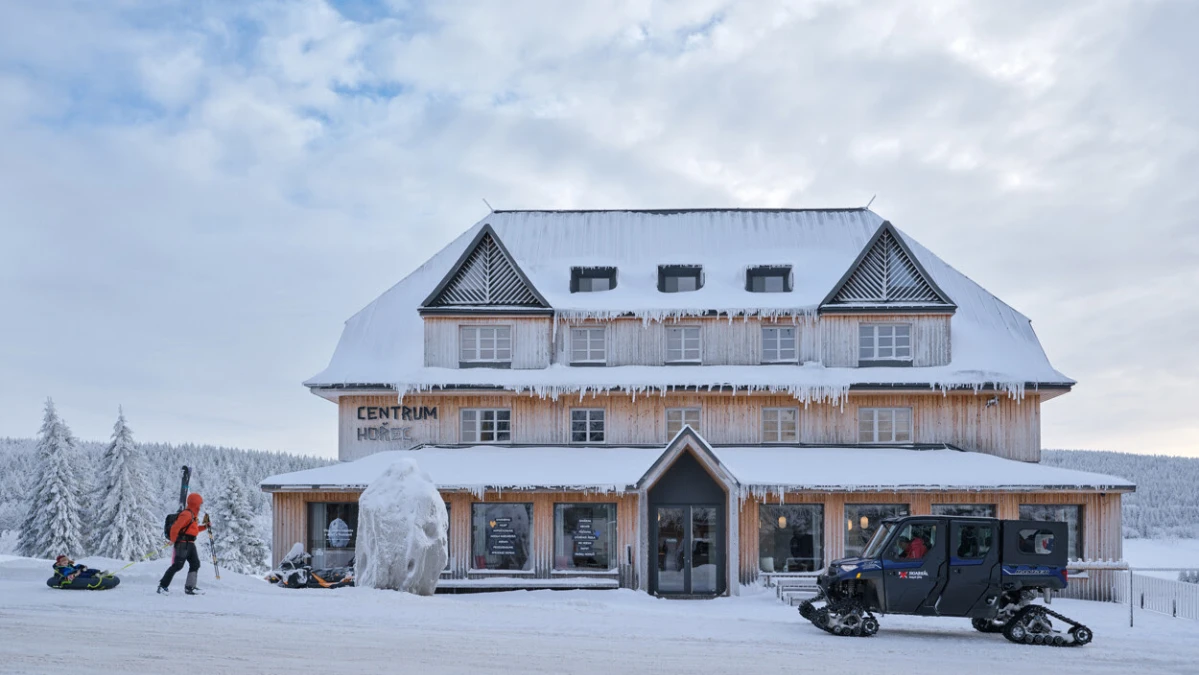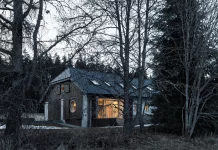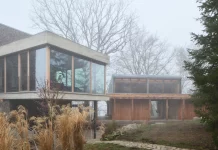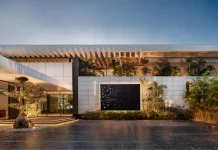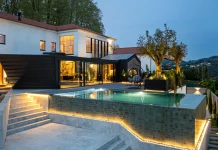Architecture shapes how communities interact with their landscape, especially in sensitive environments. The recent renovation of the Hořec Centre in the Czech Republic offers a striking example of this dynamic. Studio ADR transformed a dilapidated 1928 hotel into a vibrant community hub. This project matters because it successfully balances tourism with local identity. It proves that heritage preservation can coexist with modern functionality. You will find that this building redefines the standard for Krkonoše Mountains architecture.

Why does the Hořec Centre renovation matter for adaptive reuse?
Malá Úpa sits high on the ridges near Sněžka. It attracts tourists year-round due to its distinctive charm. The village consists of several parts, including Pomezní Boudy. Here, the Hořec Hotel stood as a landmark for decades. However, the structure eventually required a major intervention. Planners faced a difficult choice regarding the Hořec Centre renovation. Should they demolish the old structure or save it?
Discussions regarding the building’s future were intense. Ultimately, the team chose a reconstruction path. This decision saved the building’s soul. Consequently, the project strikes a balance between the old and the new. It blends original elements with modern concrete extensions. This approach preserves the atmosphere of the mountain landscape.
Solving Technical Challenges in the Hořec Centre Renovation
Converting a 1920s hotel into a modern facility requires significant skill. The Hořec Centre renovation faced numerous technical hurdles. The team replaced the roof and façade completely. Furthermore, the original floor plan featured small, enclosed rooms. These spaces did not meet today’s functional requirements.
Studio ADR responded by opening up all floors. The architects created fluid, generous interiors. Consequently, the building now serves a diverse range of functions. Visitors find a sports equipment rental, a café, and a shop inside. Additionally, the space houses a cinema hall and exhibition areas. The attic floor accommodates stylish apartments. Thus, the layout now supports both public and private uses effectively.
Uncovering Hidden History
Builders found something surprising during the work. Traditional log structures hid beneath the later cladding and façade layers. Such extensive timber construction is rare in the Krkonoše region. This discovery significantly influenced the Hořec Centre renovation.
The architects decided to highlight this historic layer. They stripped away the cladding to reveal the wood. Therefore, the second and third floors now feature these exposed logs. Exhibition spaces on these levels showcase the original craftsmanship. Moreover, the upper floors expose the historic timber roof trusses. Conversely, the lower levels integrate original brickwork with new additions. You can see the authentic volume of the building clearly.
How do materials define the Hořec Centre renovation?
Mountain weather dictates design choices in Malá Úpa. The building sits on a sloping site exposed to harsh elements. Snow slides pose a real danger to entrants. The Hořec Centre renovation addresses this with practical design solutions. New concrete extensions expand the building’s functionality.
Specifically, these concrete forms frame the entrances safely. They protect visitors even during heavy snow conditions. Material choices also reflect a dialogue between tradition and modernity. The façade uses untreated larch wood. This material sources predominantly from regional timber suppliers.
This choice emphasizes a connection to the surrounding landscape. Over time, the wood will naturally weather and darken. The building will blend seamlessly into its alpine environment. It mimics how the original Hořec once looked.
Strengthening Community Ties
Architecture serves people first. A new public area sits in front of the building. This paved space features seating for visitors and locals. It encourages social interaction within the village. The Hořec Centre renovation strengthens the connection between the building and the street.
Tourism often overwhelms mountain villages. However, this revitalized centre serves as a gathering point for residents. It acts as the renewed heart of the community. The project reinforces Malá Úpa’s mountain identity. It offers a lasting, contemporary form for the future.
Final Thoughts on the Project
Studio ADR successfully navigated the complexities of this project. The Hořec Centre renovation stands as a testament to thoughtful design. It respects the past while embracing the future. Photography by BoysPlayNice captures this transformation beautifully. You see a structure that understands its context. It invites you to explore the layers of history within its walls.
All images © BoysPlayNice and ADR. Check out other popular architecture projects from around the globe here at WE AND THE COLOR.
Subscribe to our newsletter!

